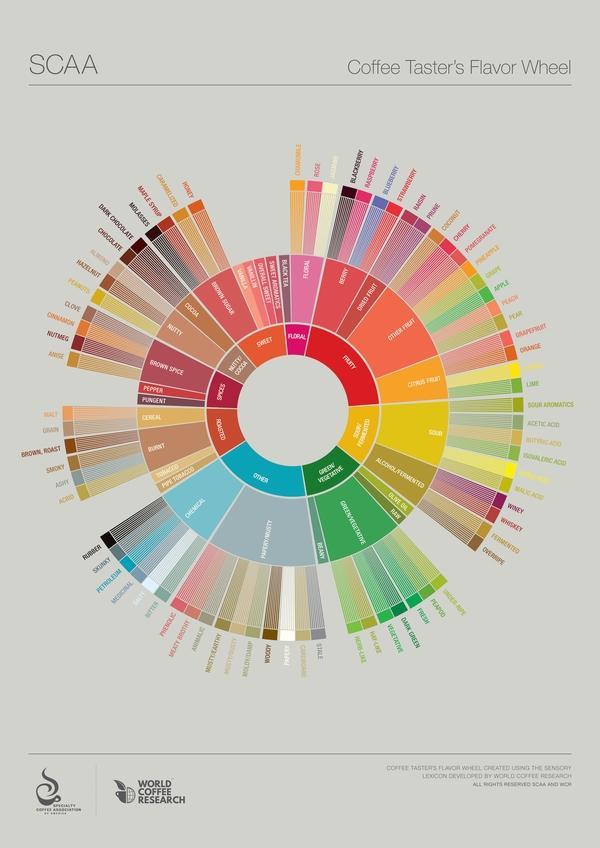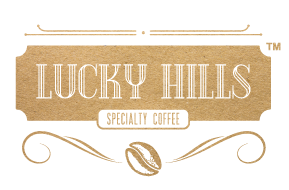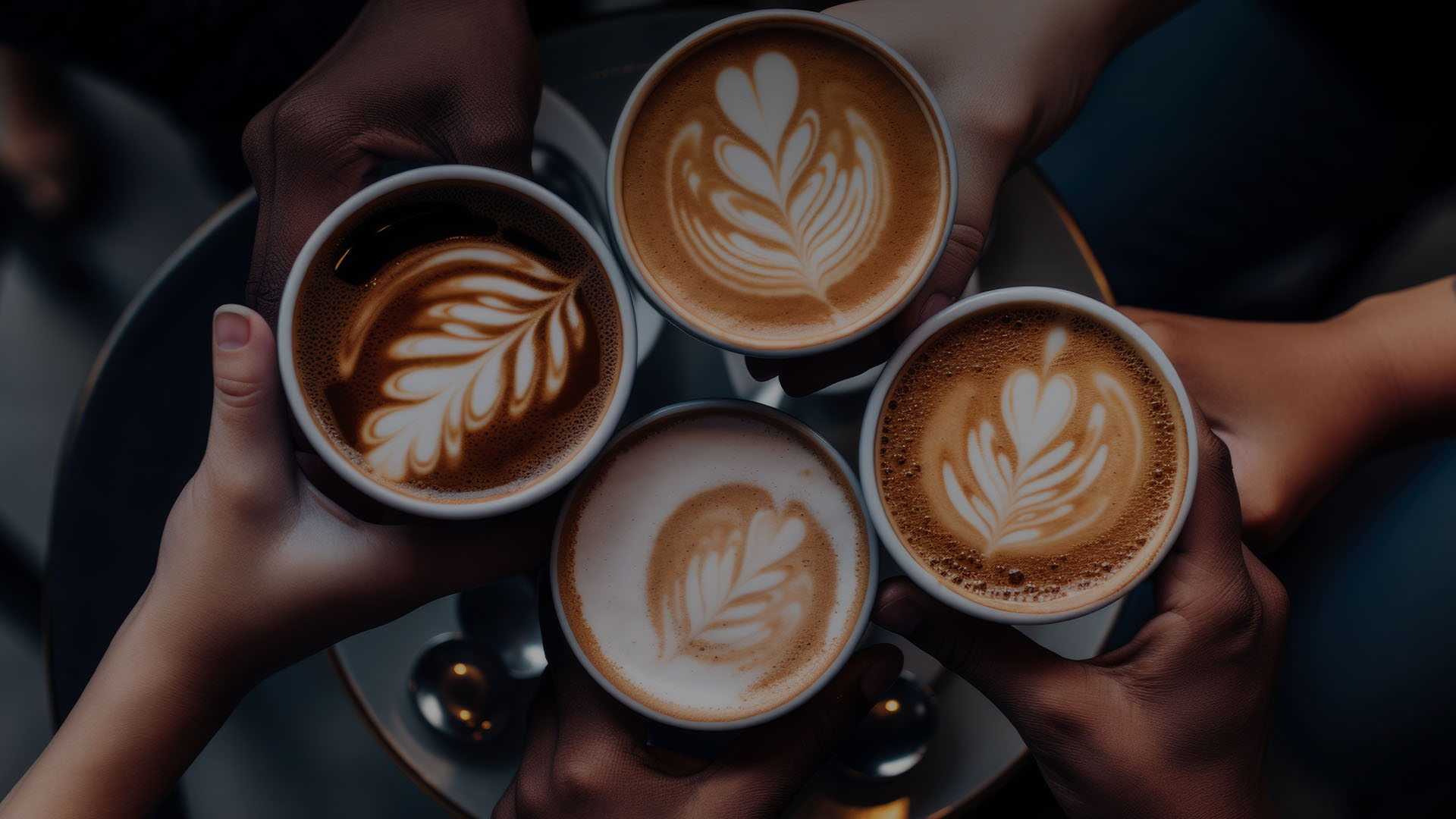In the vast universe of specialty coffees, there is a practice that transcends simply brewing the beverage we love so much: cupping, a quantifiable and widely used method of analysis for a coffee sample, from its overall quality to individual characteristics (such as acidity or body) and specific flavor notes.
Want to learn more?
In this article, we will cover cupping, so that you can become more familiar with the topic and understand the importance of knowing if the coffee you are serving in your establishment is really a specialty coffee.
What is cupping?
In short, cupping is an essential technique in coffee culture, a systematic approach to evaluating and appreciating the flavors and characteristics of different beans, determining and identifying their attributes, in order to validate whether they meet the rigorous standards of a specialty coffee.
In this context, it is important to highlight that cupping follows a specific evaluation standard established by the Specialty Coffee Association (SCA), a global organization dedicated to quality coffee and the promotion of excellence practices throughout the whole value chain of the beverage, which brings together professionals and coffee enthusiasts from around the world.
Factors that influence the cupping experience
Now that we have covered what cupping is about, we are going to bring a brief summary of how the evaluation procedure is carried out.
To begin with, the cupping experience goes beyond the coffee itself; external factors also have a significant influence on this process.
Aspects such as temperature control, lighting and even the environment where the tasting takes place play a direct role in the evaluation. Therefore, these factors should be a priority for professionals dedicated to achieving excellence at all stages of their work.
The 5 crucial details in coffee preparation for cupping
In addition to considering external factors, there are other aspects that require attention before reaching the coffee tasting stage.
For example, in order to ensure that the coffees under evaluation are categorized in an unbiased manner, it is critical that all samples follow a standardized roasting and grinding process.
Besides, there are other important points. Check out some of them:
- Coffee freshness: The coffee that will be evaluated must be freshly roasted, and ground immediately before the evaluation.
- Coffee to water ratio: The recommendation is 8.25 grams of coffee (weighed in beans before grinding) for every 150 ml of water.
- Proper cleaning: All utensils, including cups, must be impeccably clean to ensure an immaculate rating.
- Quality water: The water used must be of high quality, odor free and heated to 199°F (93°C) for the infusion process.
- Infusion time: 3 to 5 minutes.
How cupping is evaluated
With everything already prepared, it’s time for the actual sensory analysis – the tasting, which is the tastiest but most challenging part of cupping.
At this stage, each aspect of coffee is critically evaluated, namely:
- Aroma/Fragrance
- Flavor
- Aftertaste
- Acidity
- Body
- Sweetness
- Clean Cup
- Uniformity
- Balance
- Overall Impression
- Defects
Therefore, during the tasting, each of these criteria receives a score from the tasters, who evaluate the different quality levels.
Check out the SCA quality scale:
- 6 | 6.25 | 6.5 | 6.75 – GOOD
- 7 | 7.25 | 7.5 | 7.75 – VERY GOOD
- 8 | 8.25 | 8.5 | 8.75 – EXCELLENT
- 9 | 9.25 | 9.5 | 9.75 – OUTSTANDING
To deepen the understanding of the different characteristics, tasters can use the flavor wheel provided by the Specialty Coffee Association, a tool considered standard for more than two decades, which identifies more than 150 characteristics and attributes in a coffee.

Still during the tasting, there are some rules that must be followed in cupping. Here are some of them:
- The aroma/fragrance is evaluated in two steps: the ground coffee by itself and after the infusion.
- Acidity, body, and balance are evaluated while the beverage is still hot, when the temperature is between 140°F (60°C) and 158°F (70°C). Sweetness and uniformity, in turn, should be evaluated when the coffee is at room temperature.
- In terms of texture, coffee can be dense, light, velvety and even viscous. When thinking about uniformity, it is necessary to observe if the flavor and the main characteristics of the beverage remain the same, even in the second or third cup tested.
How the final cupping score is calculated
Finally, the coffee quality rating is determined by adding up the individual scores assigned to each of the main aspects. Then, points related to defects are subtracted, and this is how you get the final score.
See table, according to the SCA protocol:
- 90-100: OUTSTANDING – specialty coffee
- 85-99.99: EXCELLENT – specialty coffee
- 80-84.99: VERY GOOD – specialty coffee
- Less than 80.0: BELOW SPECIALTY STANDARD – Does not qualify as specialty coffee
That is, the sample needs to obtain a score of 80 or more after adding up the individual scores and subtracting the points for defects to be classified as specialty coffee.
As you can see, cupping is much more than a simple tasting. It is a rigorous process that involves the expertise of specialized professionals, the constant search for quality and the appreciation of the unique nuances that each bean has to offer.
In this way, for you who seek to serve a genuine specialty coffee to your customers, whether in your coffee shop, hotel, restaurant or any foodservice segment, pay attention to the qualifications and evaluations of the beans served.
In addition, it is also worthwhile to dedicate part of your time researching a little more about the story of those who plant, harvest and roast the beans that you turn into such a magnificent beverage. After all, understanding the different models and production methods, validating the reasons that make the coffee special, will further enhance the coffee experience you offer in your business.
Discover Lucky Hills specialty coffee
When you choose Lucky Hills coffee for your business, you opt for a high-quality beverage that meets the most demanding international standards, going through the rigorous cupping process to ensure the authenticity of each element.
Our carefully selected beans come from pre-approved partner plantations, forming a cooperative of 80 coffee farmers in the renowned coffee region of Carmo da Cachoeira, southern Minas Gerais, Brazil.
Designed to enhance the experience in the foodservice segment, our specialty coffee provides unforgettable aromas and flavor characteristics that capture the richness of the terroir.
Talk to our consultants and offer your clients a unique journey that reflects the tradition, quality and care that Lucky Hills embodies in every cup.



